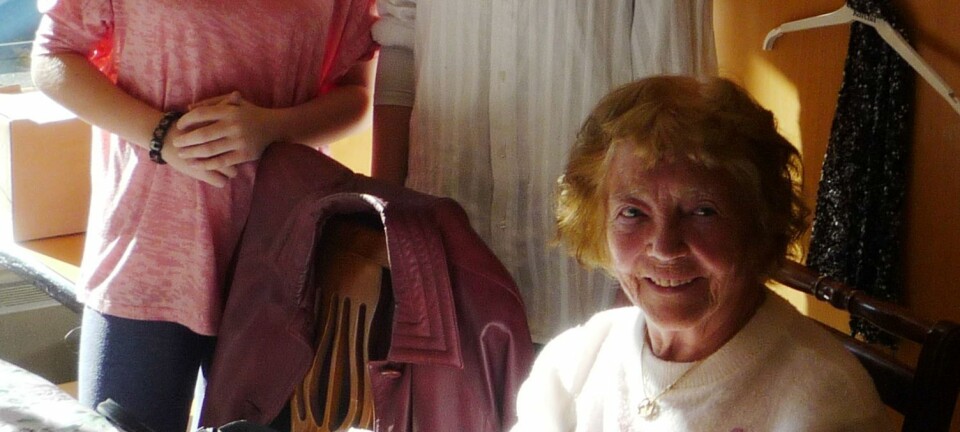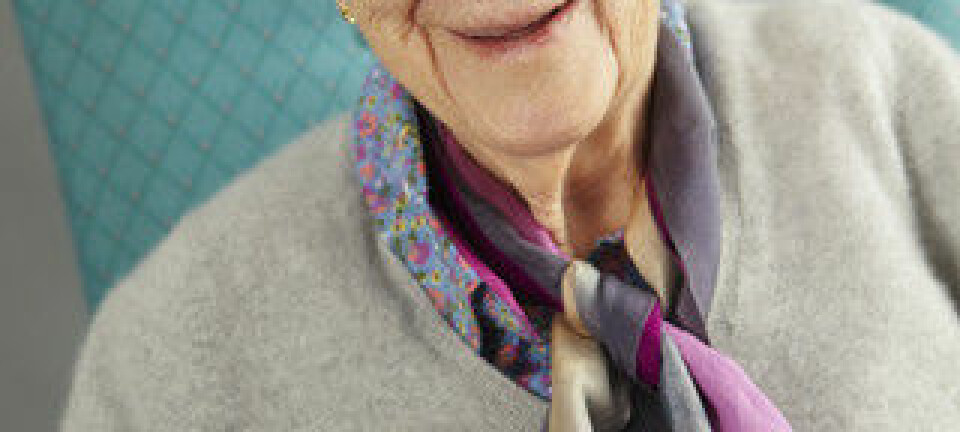
Old folks are keen internet users
Well over 40 percent of Norwegians in the age group 80 to 100 claim to use the internet daily or weekly.
“Elderly Norwegians have become big users of the internet. Their usage rates highly when compared to their peers in other European countries,” says Dag Slettemeås, a researcher at Norway’s National Institute for Consumer Research, SIFO.
About 70 percent in the age group 70 to 80 use the internet at least weekly, according to statistics from the Norwegian Directorate for Children, Youth and Family Affairs (Bufdir).
In the age group 80 to 100 an impressive 43 percent use the internet daily or weekly.
Moreover, 96 percent of Norwegians aged 80 to 100 have PCs, tablets, smart phones or at least their own mobile phones without internet accessibility.
Web newspapers and online banking
That said, Slettemeås explains that old Norwegians cannot be viewed as advanced web surfers. They mainly go online to read web newspapers or to use banking services.
“Many old persons have started using online banking. Like the rest of the population, they routinely check their accounts or pay their bills online.”
“This has probably expanded the opportunities among a major share of the elderly to keep track of their own finances. It also raises their feelings of empowerment.”
One thing that does cause problems among the web-users of an advanced age is typing in long customer identification (KID) numbers when they pay their bills. This can be a stumbling block for others to, as they can often consist of over a dozen digits.
More advanced IT future
The researchers who keep an eye on the internet use of the elderly are keen to see how future developments pan out:
“Our society is becoming increasingly advanced digitally. Now days we mainly sit around typing keys.”
“But in ten years the technology around us will be completely different than today.”
Dag Slettemeås at SIFO thinks new technology will demand a completely different level of competence among us computer users. The elderly will be challenged.
“On the other hand, the elderly of the future will be persons who have grown up with computers. Like everyone else, they will be ‘natives’ of the digital society.”
Everyone over 80 has a mobile
Nearly everyone in Norway aged 80 to 100 claims to have a mobile phone.
But only 16 percent of this oldest population segment has smart phones. In fact, 82 percent of Norwegian aged 80 to 100 say they have mobile phones that cannot link up to the internet.
Disabled persons
The elderly often have impairments, such as poor eyesight or reduced mobility.
The statistics show that persons with impairments of one kind or another generally use the internet less than the rest of the population.
Whereas 85 percent of the Norwegian population uses the internet on a daily basis, the share among ones with disabilities is 68 percent.
At the same time, persons with mental or physical impairments claim that the mobile phone is their most important IT device. The mobile phone allows people with disabilities to be more independent. They gain more control of their daily lives.
Statistics on IT use
Bufdir has recently published on its web pages about how the elderly and infirm use IT devices such as PCs and smart phones.
Now there is almost no gap between disabled persons and the rest of the population when it comes to access to PCs. An estimated 95 percent of the disabled have access, whereas 98 percent of the general population has this access.
Persons with mental problems exhibit about the same patterns of IT usage as the general population.
-------------------------------------
Read the Norwegian version of this article at forskning.no
Translated by: Glenn Ostling

































